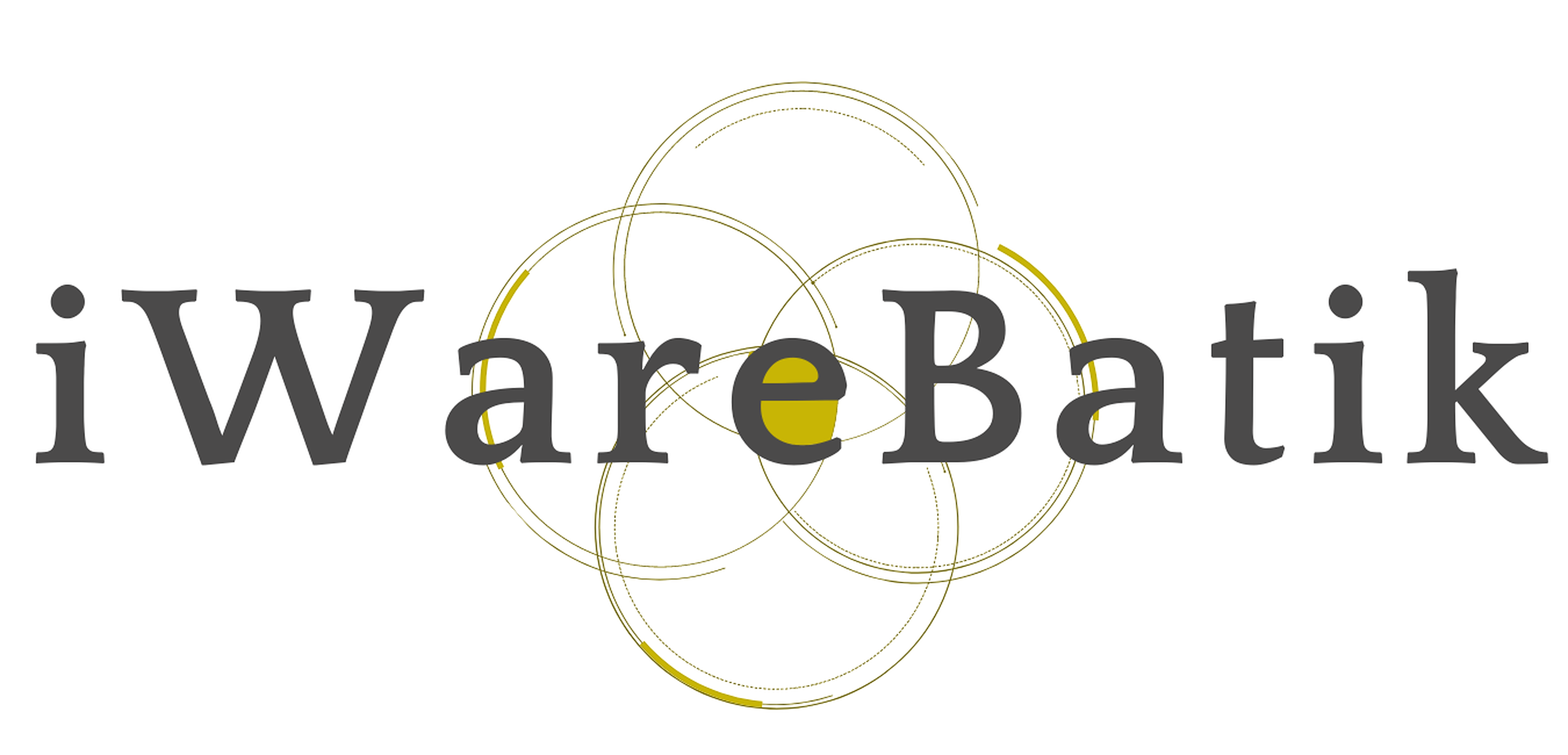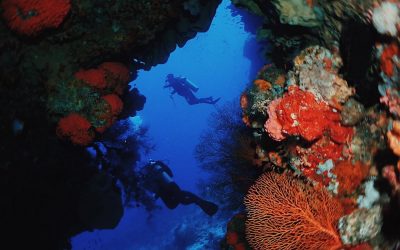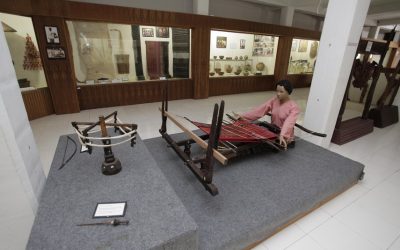Home / Batik Regions – Eastern Indonesia – Maluku / Kei Islands
Natural Destination
Experience the tropical nature!
Kei Islands
Ngurtafur Beach in Kei Island, Maluku (photo: @Hafiedzuk23)
Kei Islands
It consists of several islands located in Banda Sea, the southeastern part of Maluku Islands. It will be difficult to single them out since all of them are beautiful and breathtaking. One of the most famous destinations is the Ngurtafur white beach located in Small Kei island. Other than spending the night in well developed tourism cottages, visitors could also choose to stay with friendly local inhabitants and take the chance to learn about their local wisdom in preserving the coastal nature. This site offers authentic natural and cultural experiences you can have in a heavenly oceanic region. Secure your seat and book your next trip to Kei island!
Natural Tourism Destination
Kei Islands
Tourist Attractions in Maluku
Hukurila Undewater Cave
This underwater cave stores the greatest landscape of
Siwalima Museum
The word “Siwalima” is composed of two words that have been taken from
Maluku
Batik Motifs
Pala Salawaku
This motif illustrates the unique weapons of the Maluku region, namely
Tifa Totobuang
The batik motifs illustrate Maluku’s traditional music instrument called
Pattimura
Pattimura is the name of an Indonesian hero who fought against colonialism in
Discover
Indonesian
Batik
Motifs
Taiganja
Taiganja is a precious gold pendant that shows the social status of the Kaili family. It is
Tikar Natuna
The Tikar Natuna motif is adapted from the traditional making of pandanus mats in
Manguni Minahasa
Manguni is identified as the symbol of the Minahasa people. Manguni is known as a
Hiu Taliyasan
Indonesia is also home to the world’s largest fish, the whale shark (Rhincodon typus). Hiu Taliyasan refers to
Bultiya
The word ‘Bultiya’ is an acronym of the three major tribes in North Kalimantan, namely
Keluak Daun Pakis
The word “Keluak” is a Minang language which means twisted or tangled. The Motif of
Pala Salawaku
This motif illustrates the unique weapons of the Maluku region, namely
Dayak Taghol
Dayak Taghol has a distinctive style of four curved lines and small dots. This motif represents
Tengkawang Ampiek
With its many advantages, the Dayaks use this leaf in ritual ceremonies. This plant is a symbol of
Dayak Kamang
Kamang motif is generally found in the Dayak tribe shield because it is believed to
Besurek Rafflesia
The term “Basurek” refers to a textile that contains letters or inscriptions
Raja Ampat
Raja Ampat motif represents the marine life at Raja Ampat archipelago in
Kerawang Tegak Aceh
The Vertical Upright (Kerawang Tegak) Motif symbolizes a person who has a strong
Burung Bidadari
Bidadari birds are endemic birds in Halmahera. This motif represents an
Parang Rusak
Another meaning behind this motif is an unconquerable spirit, symbolized by
Paqbarre Allo
The word “Barre” means round and “Allo” means the sunlight. This motif is interpreted as
Ake Patra
Ake is related to the divinity and the composition of the universe. It is a symbol of
Daun Lada Hitam
The black pepper motif represents the main commodity of Bangka Belitung
Wakatobi
It symbolizes the coastal beauty of the Wakatobi island and the symbol of Patra symbolizes
Insang Ikan
Insang refers to the gills of the fish. This is a typical pattern of Malay ethnic who inhabits
Tongkonan
Toraja’s traditional house is called Tongkonan. Tongkonan is a place for
Tenun Bima
The motifs are adopted from Bima woven textile. This pattern has received a great
Gigi Haruan Lidi
The Gigi Haruan Lidi motif is taken from the name of the cork fish and is a symbol of
Teguh Bersatu
This batik motif shows the strength of the people of Kupang. It also represents a sense of
Prada Papua
The word “Prada” in the Javanese-Indonesian dialect means a batik textile that
Bekantan Pakis
This motif represents Pakis Haji (Polystichum setiferum), an endemic plant in
Jupri Kembang Teh
Kembang Teh illustrates the tendrils of tea plants that grow in the highlands of
Merak Ngeram
The hatching peacock motif has a very deep meaning which refers to the sacrifice and
Pinawetengan
The Pinawetengan Batik pattern was taken from a prehistoric inscription in
Enggang Dayak
Local people beliefs that hornbills are an incarnation of the Commander of the Birds. It has supernatural
Tampuk Manggis Sasirangan
The motif illustrates the philosophy of the mangosteen fruit, which is
Buketan Bali
The Balinese bouquet (Buketan Bali) is a floral arrangement and the name is
Mahkota Siger
Siger is the crown of a noblewoman in ancient time. It is a symbol of femininity, strength, and
Daun Sirih
This motif illustrates betel leaves that are used by Lombok communities as traditional
Gumin Tambun
Based on Hindu mythology, this motif symbolizes lucks, abundant wealth, and
Leuit Sijimat
This motif reflects the daily activities of the Baduy tribe in Banten. The main ornaments of batik motif consist of:
Parang Seling
Parang Seling or “alternating daggers” is a royal batik motif. It is a feminine variant of
Karawo Mahkuta
Mahkuta refers to Gorontalo’s traditional crown. It represents noble characters of
Kawung
The Kawung motif was created by Sultan Agung Hanyokrokusumo (1593 – 1645) as a symbolic gift for
Kuda Kupang
Horses symbolize wealth. It contains noble values of virtuous characters that bring
Durian Pecah
Broken Durian motifs depict the foundation of faith. The second half signifies the mastery of
Gurdo Solo
Gurdo or garuda bird is the mount of the Indian god Vishnu. As the Sun Bird,
Gentala Arasy
Built as high as 80 meters, the tower also highlights the historical side of
Besurek Rembulan
This batik illustrates praise for God who created the wonderful universe
Pati-Pati Pinehiku
It symbolizes the hierarchy in society and the social status of the Mekongga
Sekomandi
Its philosophical meaning is the eternal union which refers to a saying “until death do us part”
Bintik Tujuh
The Bintik Tujuh (Seven Dots) motif has 7 white spots and green color gradation as
Sandeq
Sandeq Boat is a symbol of the maritime importance of the West Sulawesi region. The greatness of
Tanah Liek
The word “Tanah Liek” refers to clay in Minang language. It is also known as
Sido Mulyo
Sidomulyo is one of the classical motifs, which is specifically used for the bride’s costume in
Gamolan
This motif illustrates Gamolan, a bamboo musical instrument of Lampung that is
Sero Tangga
The Sero Tangga illustrates an endearing feeling and sacrifices of a person to fulfil
Wirasat
Wirasat or divine inspiration is a gift from God. This inspiration is symbolized by
La Galigo
La Galigo is a literary work of the Buginese Epic that has 300 thousand epic lines. It is considered even
Pohon Hayat (Tree of Life)
The Batik motifs in Lampung are dominated by the acculturation of Buddhist and
Tabir Tanjung
Tanjung flower is a type of Cherry tree flower, which is commonly found in
Pucuk Rebung Riau
Pucuk Rebung symbolizes heart determination in achieving goals, good luck, and
Lontara
The Lontara script itself is a typical ancient script of Bugis and Makassar communities. History records that
Srimanganti
The name of the Srimanganti motif is derived from Palace’s hallway that connects to
Biji Kopi
The coffee seeds motif illustrates the pride of local coffee specialities in
Gajah Way Kambas
The motif illustrates the Lampung’s natural reserve, the Way Kambas. it also symbolizes
Gonggong Siput
Gonggong (Strombus Turturella) is one type of sea snail found around
Ukir Sentani
The Ukir motif is a batik motif that is inspired by various traditional Sentani wood carvings
Kain Cual
Cual textile tradition has existed since the 17th century. The word “Cual” refers to
Tifa Totobuang
The batik motifs illustrate Maluku’s traditional music instrument called
Kaganga Tanah Rejang
If Batik Besurek combines Arabic calligraphy motifs, then the Kaganga batik takes
Desa Na Tolu
The Desa Na Tolu characteristic pattern symbolizes the Batak philosophy of existence and
Cengkeh
The clove flower motif is the main commodity of the Tolitoli Regency. This motif represents
Gonggong Beruntun
This motif illustrates that a person should maintain a positive attitude and
Sekar Jati
Sekar means flower and Jati refers to teak trees that symbolizes a strong mental character that
Singayaksa
The Singayaksa motif comes from the name of a place where Sultan Hasanuddin used to
Jumputan Bintang
The word Jumputan means the tie-dye technique, while the word “Bintang” refers to



